1. Converted Garages
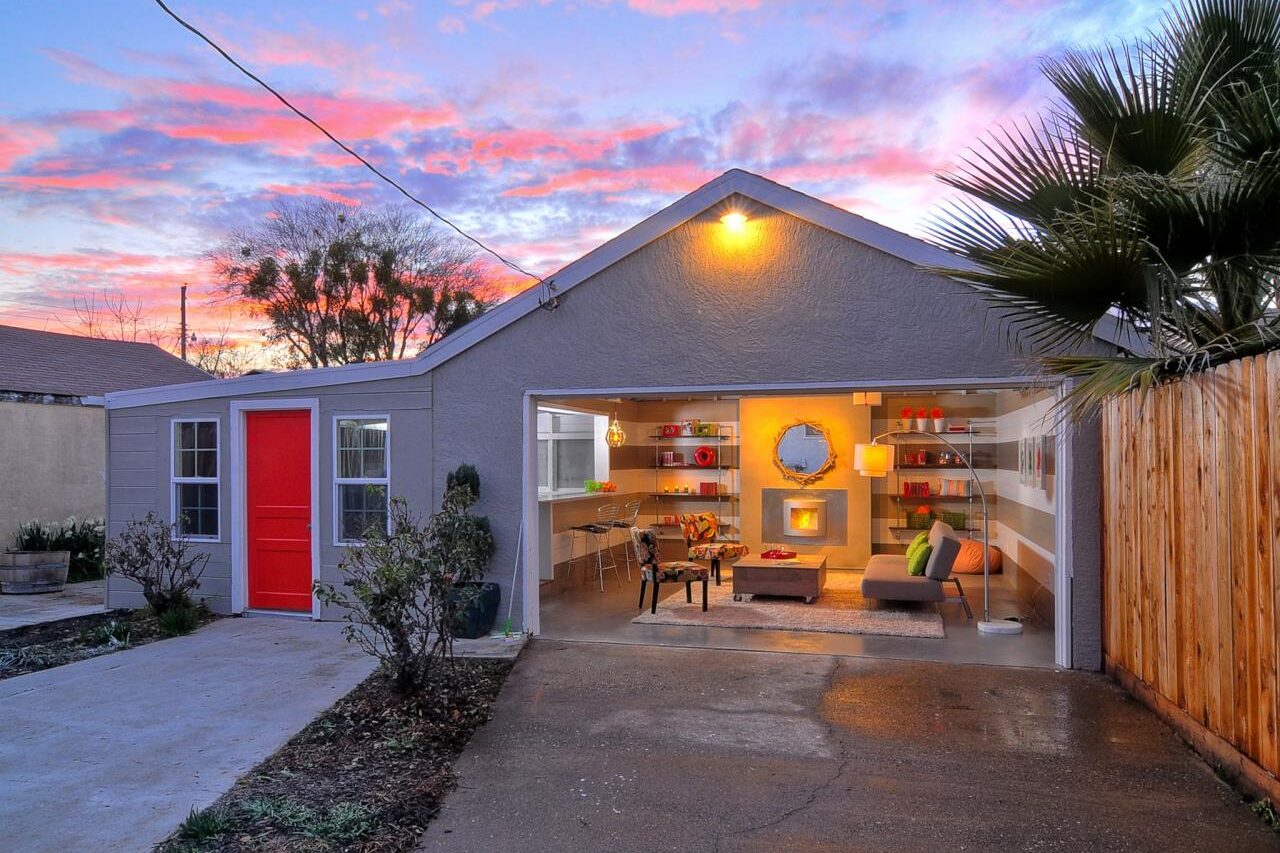
Converting a garage into a living space is one of the top features that can make buyers walk away. While it might seem like a smart way to add a bedroom or office, most buyers still prioritize having a secure place to park or store belongings. Especially in suburban neighborhoods, a garage is expected—not optional. When it’s missing, it feels like something’s been taken away rather than added.
What’s worse, converted garages often look obvious and awkward, which makes buyers question the quality of the work. It can also reduce curb appeal, especially if the driveway leads to a blank wall or cluttered room. Unless your area has extremely limited square footage, this “upgrade” usually backfires. In most cases, keeping the garage intact is the safer bet.
2. Home Gyms in Main Living Areas
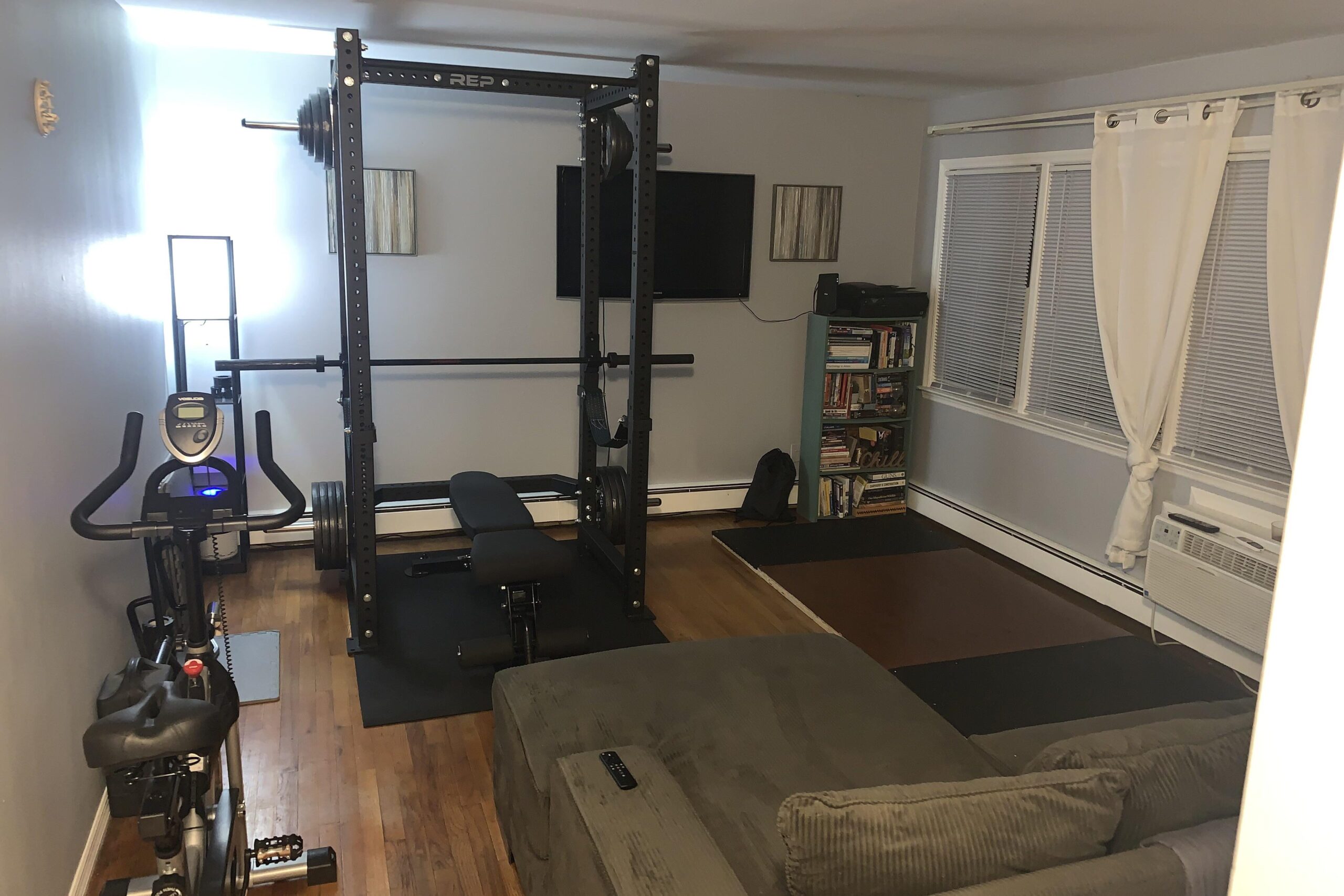
As noted by Forbes, during and shortly after the pandemic, home gyms became one of the most sought-after features—but trends are shifting. Buyers are now more likely to see bulky gym equipment as a space-hogging eyesore, especially if it takes over a bedroom or den. Without proper ventilation or acoustic treatment, these setups can also be noisy and musty. And unless you’re selling to a fitness enthusiast, it’s rarely seen as a positive.
Buyers want to imagine their own lives in a home—and a giant treadmill in the corner doesn’t exactly scream relaxation. If you must have a home gym, try to keep it tucked in a basement or extra room. Making it look easy to repurpose will widen your appeal. Otherwise, you’re alienating a huge portion of potential buyers.
3. Indoor Hot Tubs
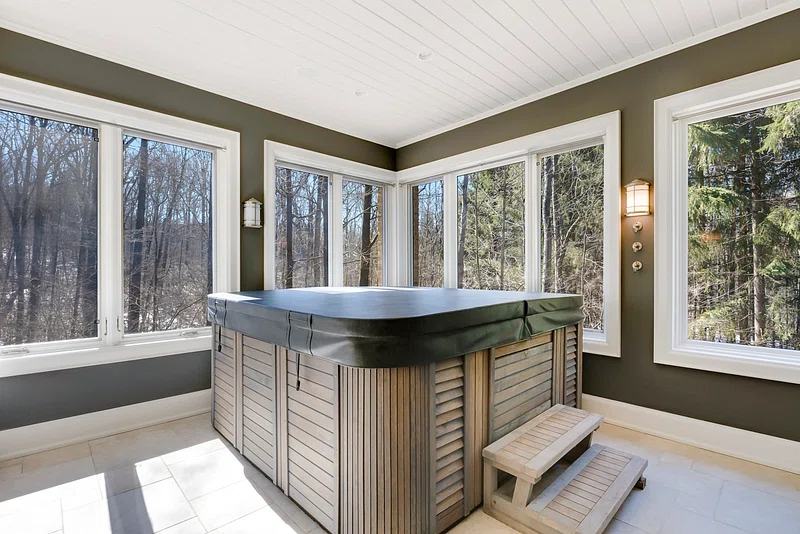
Indoor hot tubs might sound luxurious, but The Spruce notes they often raise red flags for buyers. Moisture concerns, ventilation issues, and potential for mold or mildew are all top concerns. These setups are especially problematic if they’re in bedrooms, sunrooms, or additions without proper humidity control. Even if everything looks fine, buyers worry about what’s happening behind the walls.
On top of that, indoor hot tubs can feel a little… dated. They were huge in the ‘80s and ‘90s, but now they’re more associated with high-maintenance upkeep than high-end living. If it looks like it hasn’t been used in years, buyers will likely see it as a tear-out project. That mental price tag is often enough to make them pass.
4. Above-Ground Pools with Decking
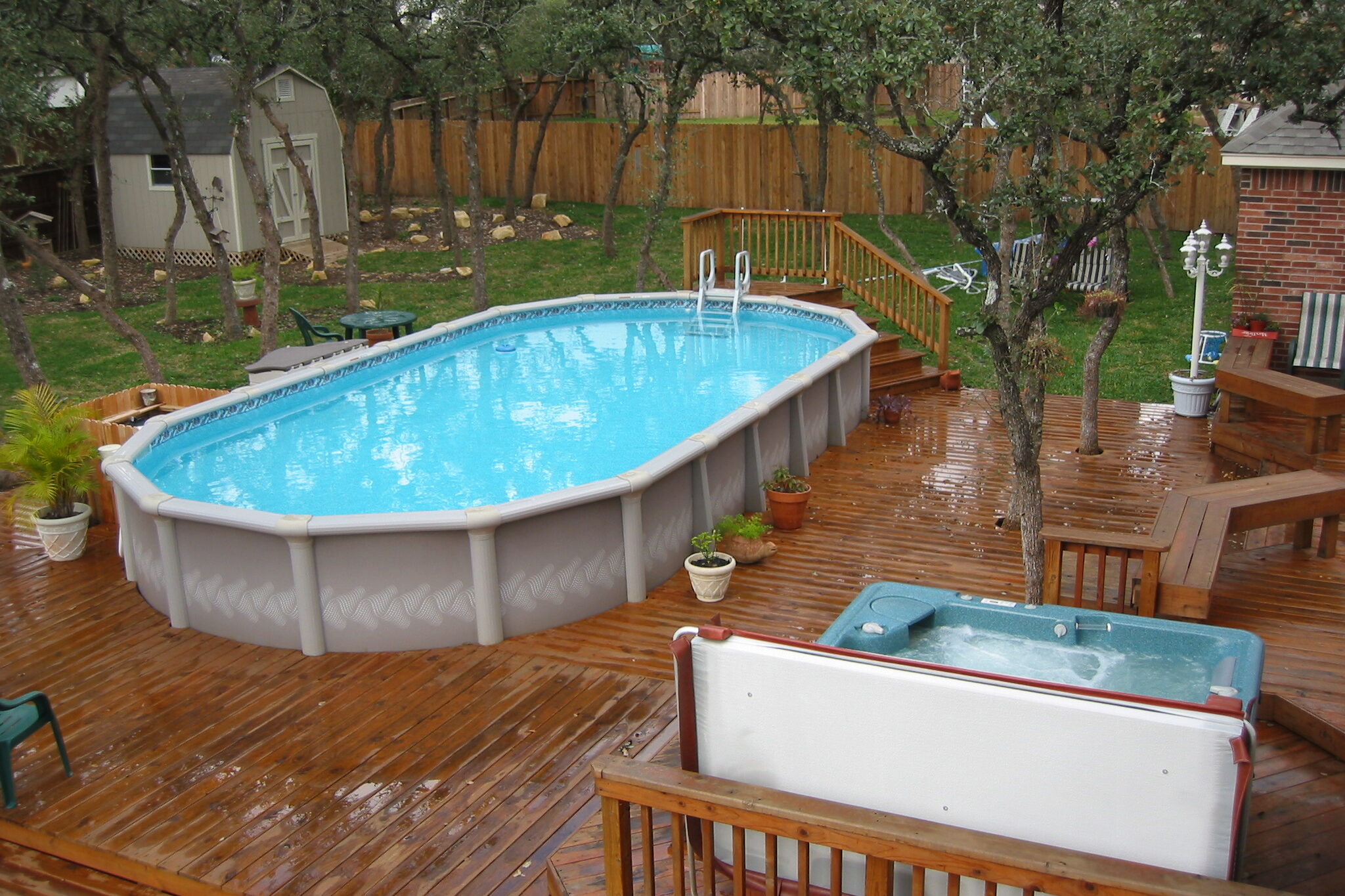
As pointed out by HGTV, above-ground pools tend to be seen as more of a liability than an asset. Even if you’ve added elaborate decking or landscaping, they still come with maintenance, safety concerns, and insurance implications. Buyers with young kids may feel nervous, while others may just see a giant thing they’ll have to remove. And because they aren’t permanent features, they rarely add real value.
What’s worse, elaborate built-ins around these pools can limit backyard usability. Instead of an open lawn or patio space, you’re offering a seasonal, high-maintenance feature that not everyone wants. And if it looks like it’ll cost money to dismantle, that becomes a mark against your listing. When in doubt, simple landscaping usually wins.
5. Oversized Master Suites
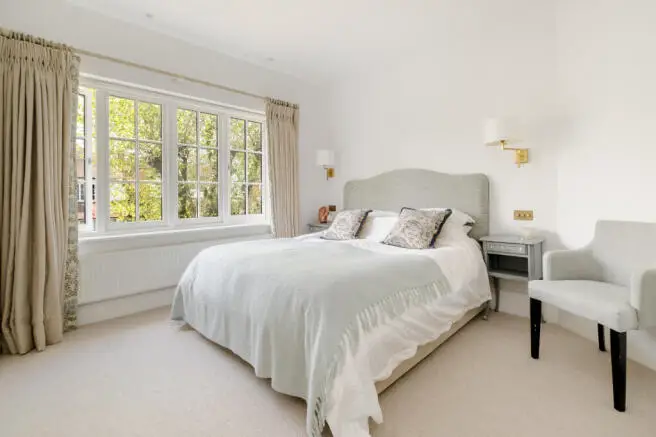
Bigger isn’t always better, especially when that space comes at the expense of other rooms. Enlarged primary bedrooms that swallow up adjacent bedrooms or closets can mess with a home’s overall layout. Buyers love a spacious retreat, yes—but they also want flexibility and practicality. Losing a third or fourth bedroom to make one room enormous can actually kill a deal.
It can be hard to undo, too. Knocking down walls and rebuilding closets just to reclaim the original footprint is a lot of work. Buyers may also worry that the house won’t appraise as well with fewer bedrooms. That makes it feel less like a dream suite and more like a real estate gamble.
6. High-End Media Rooms
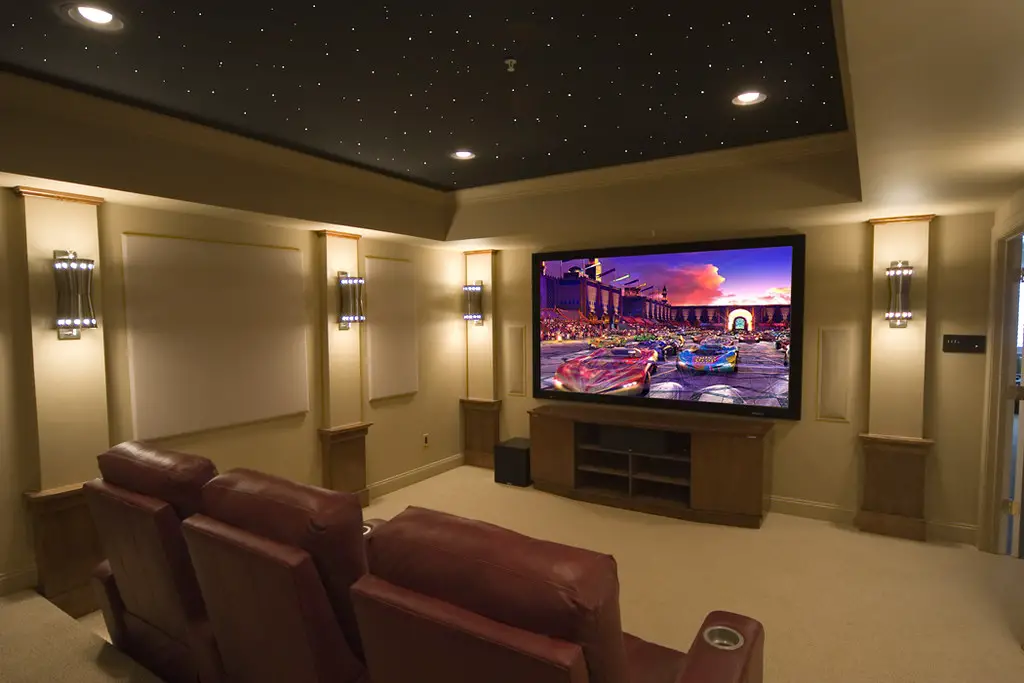
A custom home theater sounds cool, but it doesn’t always match how modern families use space. Today’s buyers often stream from mobile devices or use flexible living areas to entertain. So when they walk into a dark room with fixed seating, stadium lighting, and velvet curtains, it can feel overly specific and outdated. Plus, these spaces can be expensive to maintain or convert back to something else.
The equipment can also age quickly—what was cutting-edge in 2017 might feel clunky today. If the room can’t easily serve multiple purposes, it becomes a negative. Buyers want versatility, and single-use spaces can be a turnoff. When in doubt, a den or flex room is far more universally appealing.
7. Wine Cellars in the Wrong Spot
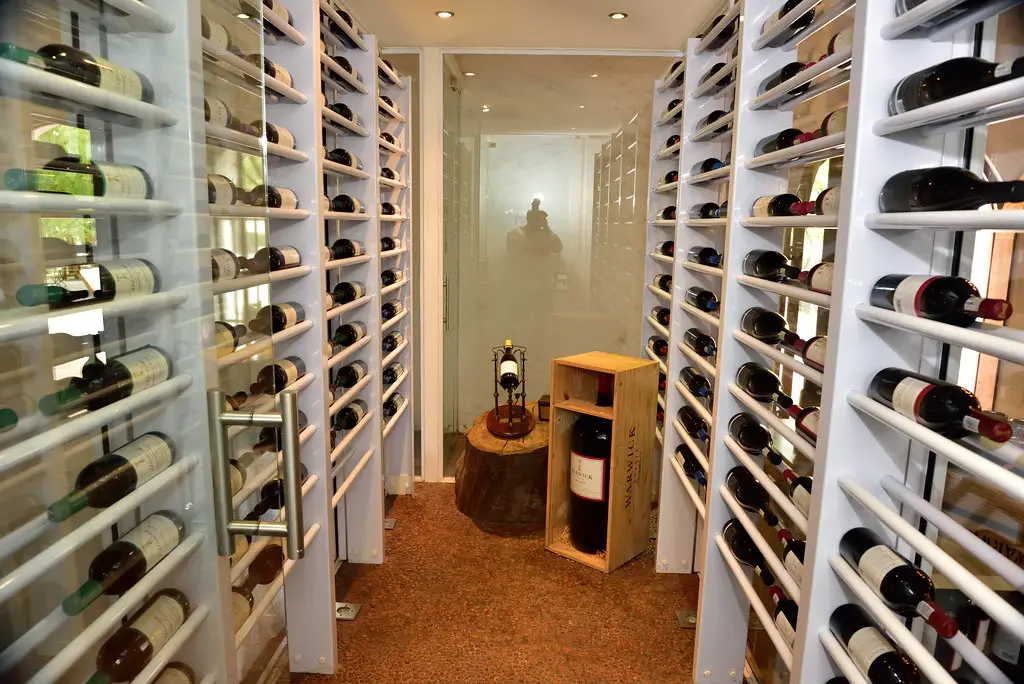
Wine cellars are great… if you actually collect wine, have the space for one, and live in a market that values them. But when they’re plunked into a basement corner without proper climate control, buyers see them as wasted space. A wine fridge in the kitchen is often more practical and less polarizing. And if your home isn’t luxury-level, this addition can feel out of place.
Not everyone drinks wine, and even those who do may not need a cellar-sized stash. Worse, removing one can involve ripping out built-ins and cabinetry. Unless you’re marketing to a sommelier, it’s safer to keep this area open for other possibilities. Most buyers would prefer an extra storage closet or utility area instead.
8. Faux Fireplaces
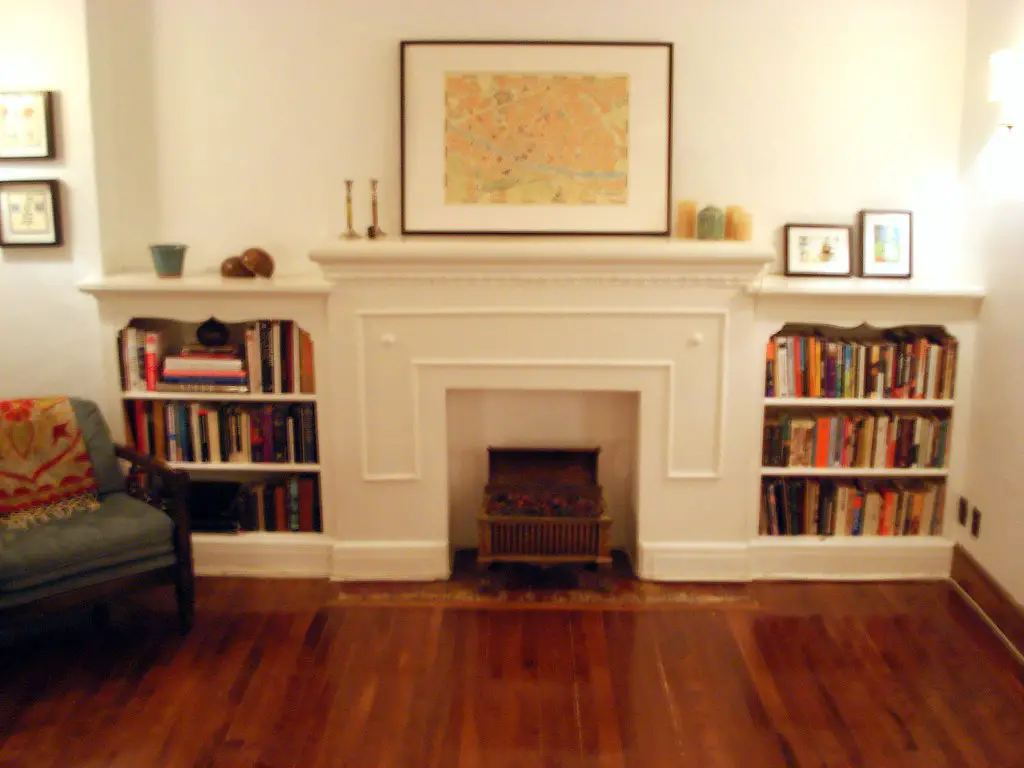
While fireplaces are often a selling point, fake or decorative versions tend to backfire—especially if they’re poorly installed. A mantle and surround without any actual heat source might leave buyers wondering why it’s there. It can feel like a cheap attempt at ambiance, especially in warmer climates. And if it’s electric, buyers often question the cost of use vs. the benefit.
Real estate agents frequently note that buyers prefer authenticity. A functioning wood-burning or gas fireplace adds charm, but a plastic insert with a flickering bulb just doesn’t cut it. It’s one of those additions that might impress in photos but disappoint in person. Unless it’s done well and integrated thoughtfully, it’s better left out.
9. Converted Sunrooms with No HVAC
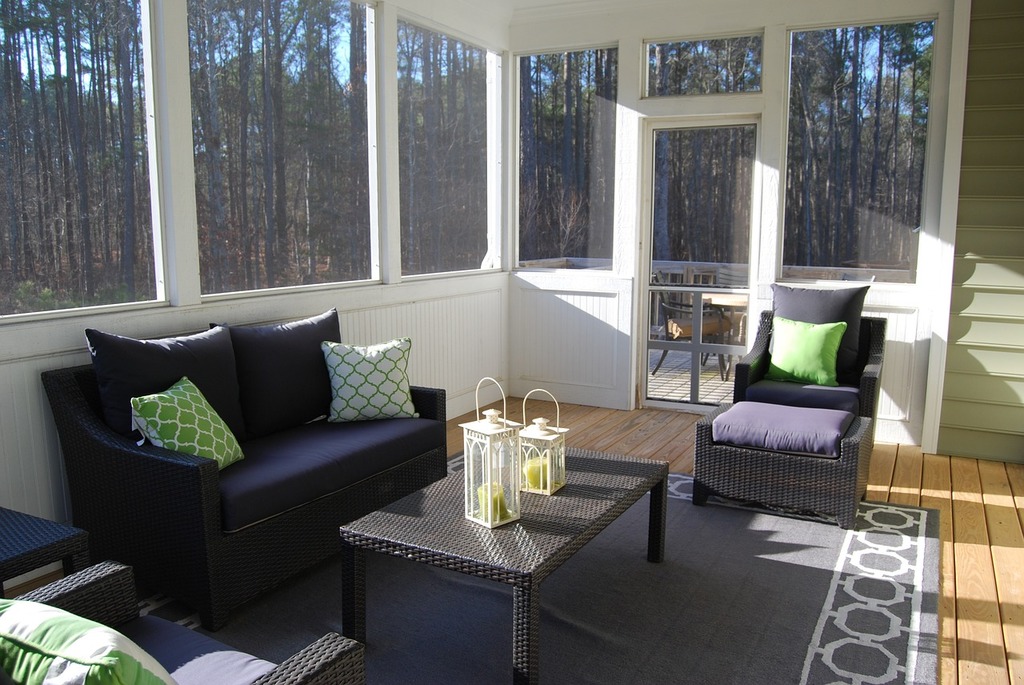
Sunrooms are a lovely idea—until you realize they’re sweltering in summer and freezing in winter. Many homeowners convert porches or patio enclosures into year-round rooms without extending their HVAC system. That creates a space buyers aren’t sure how to use. Is it a living area? A plant room? A storage zone?
Without proper heating and cooling, it’s just an awkward add-on. Buyers may mentally subtract square footage, even if it’s technically permitted. It also raises questions about energy efficiency and utility bills. A room no one wants to sit in doesn’t add value—it creates confusion.
10. Outdoor Kitchens in Cold Climates
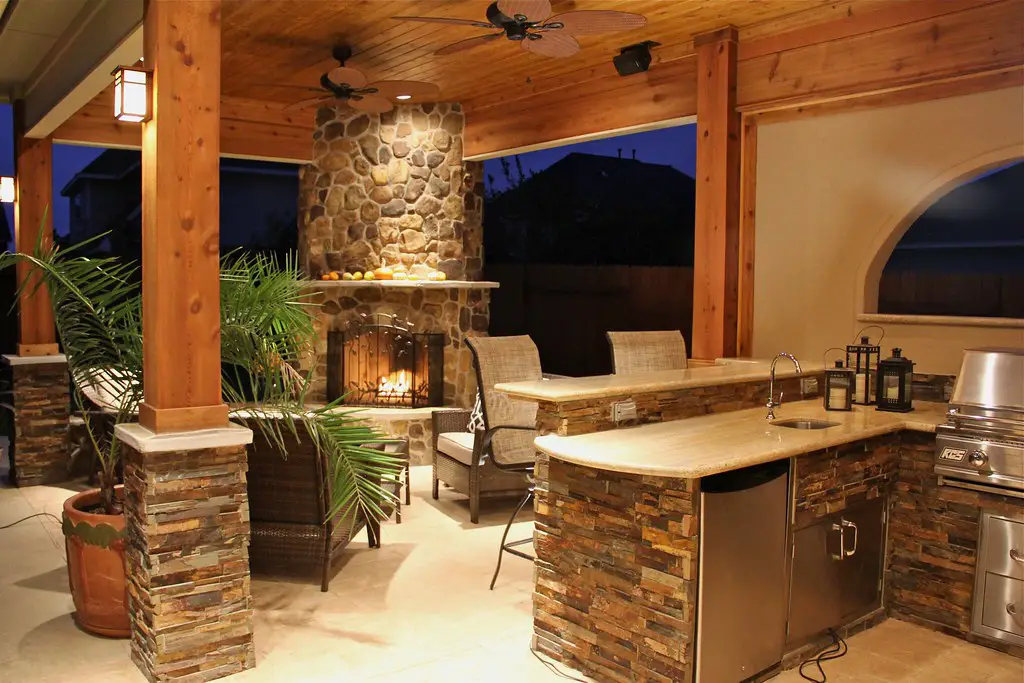
Outdoor kitchens look amazing on Instagram—but in many regions, they only get used a few months a year. Built-in grills, sinks, fridges, and countertops are expensive and weather-sensitive. Without proper covers or winterization, they age quickly. And in places with harsh winters, buyers often see them as wasted money.
Unless you’re selling in a warm-weather market where outdoor living is a year-round lifestyle, this upgrade can fall flat. Buyers worry about repairs, maintenance, and replacement costs. Even those who love grilling may prefer a portable setup that’s easier to store. The wow factor disappears when the snow falls.
11. Overly Themed Rooms

Whether it’s a “princess bedroom” or a “man cave,” themed rooms are rarely neutral enough for the average buyer. Bold murals, custom furniture, or elaborate lighting can be expensive to install—and even more expensive to undo. Buyers may feel locked into someone else’s vision, which kills their ability to imagine the space as their own. And that’s a major red flag during a showing.
Even if the craftsmanship is high-quality, the vibe might be way too niche. A sports-themed basement might thrill one buyer and completely alienate another. Realtors often advise repainting and neutralizing these spaces before listing. Otherwise, they may become the reason a buyer moves on.
12. Second Kitchens or Wet Bars in Bedrooms
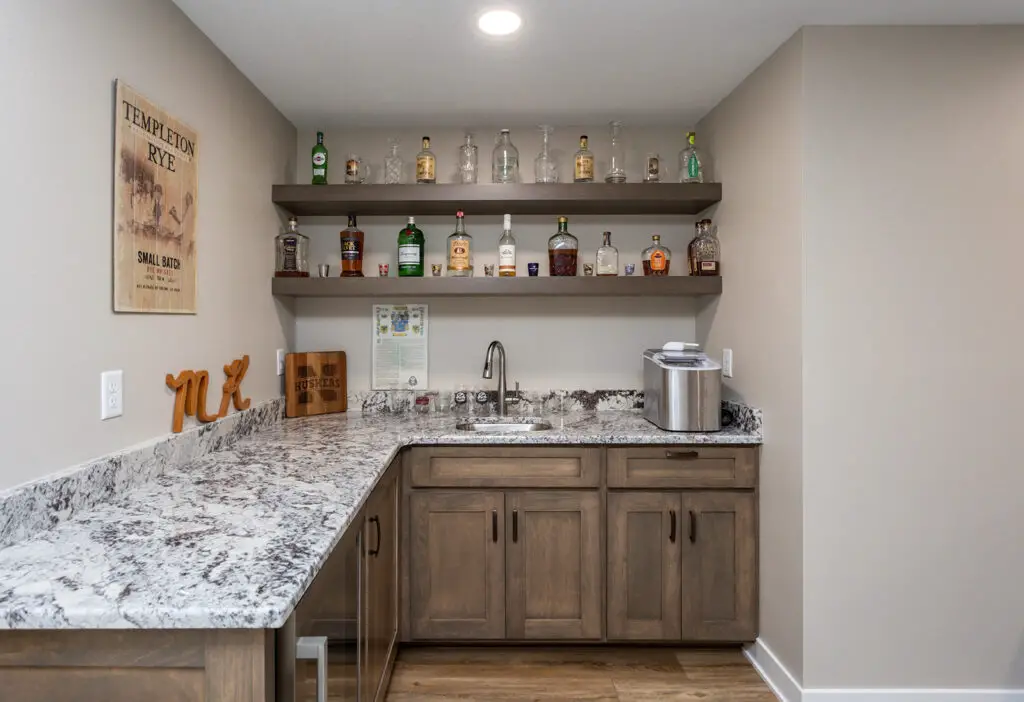
A second kitchen or wet bar can be useful in the right context—like a guest suite or basement apartment. But when they show up in primary bedrooms or odd hallways, buyers raise eyebrows. Plumbing in places where it’s not expected causes concern about leaks, humidity, and questionable use. Plus, it can be hard to insure or finance if it creates a quasi-multifamily situation.
Most buyers want a clean, clear layout. If your home has a random kitchenette upstairs or a wine bar across from a bed, it disrupts flow. Worse, it may not comply with local codes. Unless there’s a compelling reason for its existence, it’s likely to become a sticking point.
13. Pet Suites or Custom Animal Areas
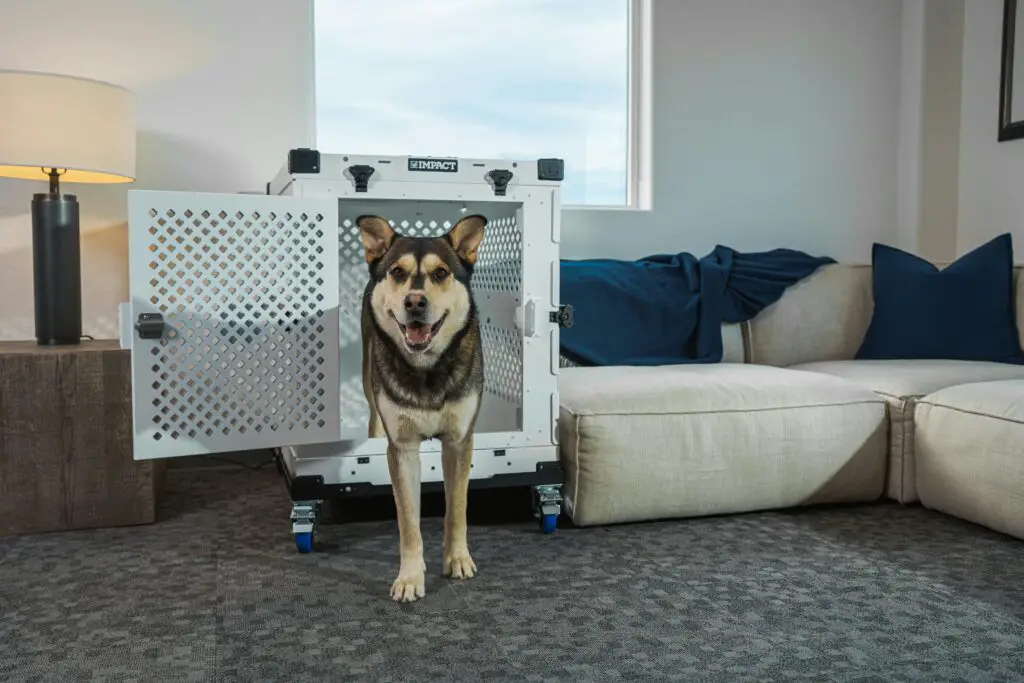
Yes, we all love our pets—but built-in dog showers, cat playrooms, or under-the-stairs kennels don’t always land well with buyers. These additions take up space that could be used for storage or flex areas. Not every buyer has pets, and even those who do may prefer their own setup. What was meant to feel custom can instead feel limiting.
Worse, if the area smells like pets or shows signs of wear, it becomes a turnoff fast. Pet-specific upgrades rarely add real value unless the home is luxury-tier and marketed that way. It’s better to highlight pet-friendly features—like fenced yards or durable floors—than make permanent structural changes. Buyers want flexibility, not fur-specific flair.
14. Luxury Saunas in Small Bathrooms
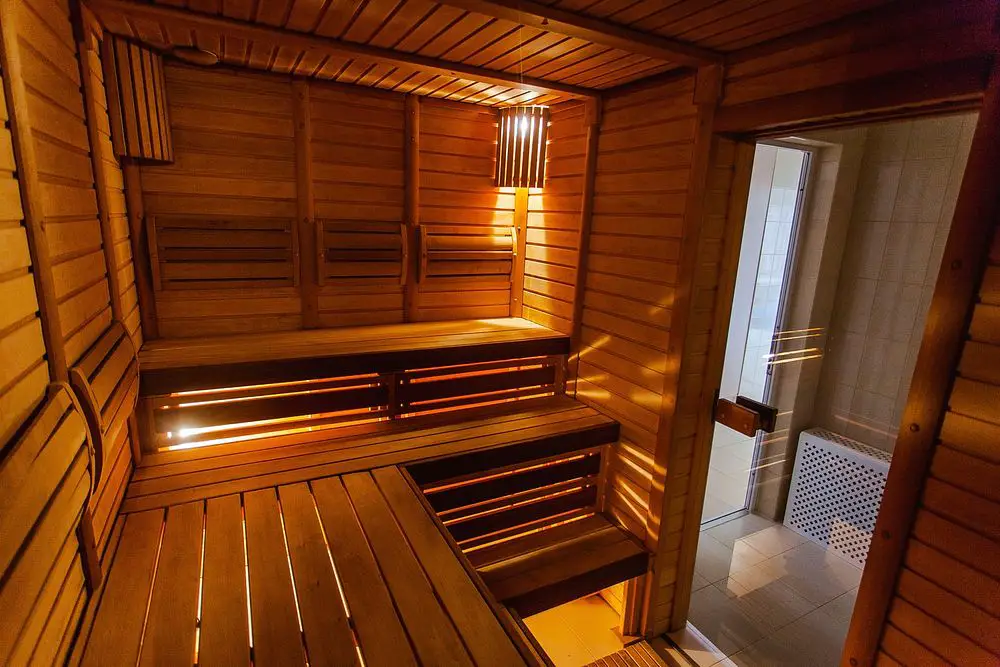
At first glance, an in-home sauna might seem like a mark of luxury, but when it’s crammed into a modest bathroom, buyers tend to recoil. These installations often consume the space where buyers expect a tub, closet, or vanity, throwing off the layout entirely. Worse, the moisture and heat can damage finishes not designed for such intensity. It ends up feeling more like a gimmick than an upgrade.
Many buyers also associate home saunas with high energy costs and maintenance headaches. Unless you’re in a high-end spa market, they rarely add perceived value. Instead, they create suspicion about what corners were cut during installation. A beautifully renovated, spacious bathroom nearly always wins out over a sauna squeezed into the corner.
15. Artificial Turf Yards
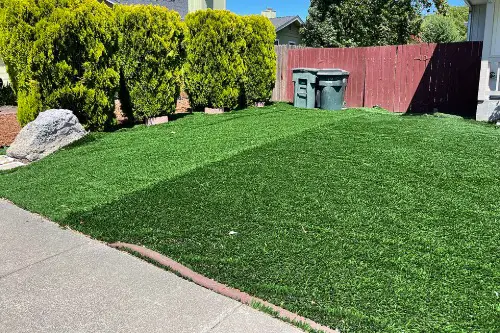
Low-maintenance lawns were trending for a while, but the artificial turf craze has cooled—fast. Buyers are increasingly skeptical of the environmental impact, especially when it traps heat and sheds microplastics. In hot climates, fake grass can become nearly unusable during summer months. Instead of “modern and clean,” it often reads as “sterile and synthetic.”
There’s also the tactile issue: most people simply prefer real grass underfoot. Families with pets or kids often worry about odors and sanitation over time. And when turf starts to fade or ripple, it screams “expensive to replace.” Natural landscaping, even if imperfect, tends to feel more inviting and sustainable.
16. Built-In Fish Tanks
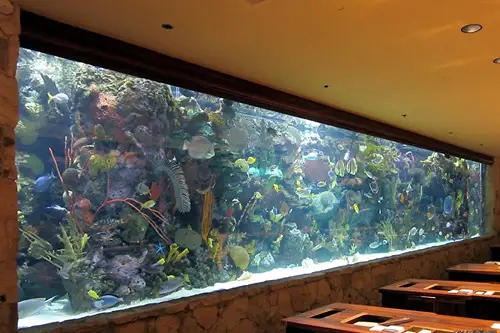
A massive aquarium embedded in the wall might impress guests, but it’s a logistical nightmare for buyers. They see water lines, pumps, and maintenance costs rather than tranquility. Even when drained, the built-in structure leaves awkward gaps and specialized cabinetry that’s hard to repurpose. What was once “unique” quickly becomes “unusable.”
Buyers today prefer flexible, low-maintenance spaces over fixed showpieces. A tank niche can limit furniture layouts and raise questions about hidden water damage. Unless the buyer is a serious aquarist, it’s a tough sell. Detachable décor nearly always beats permanent fish real estate.
17. Over-Engineered Smart Homes
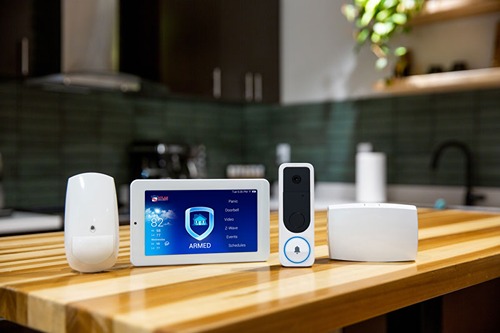
Smart home tech is great—until it’s overdone. Buyers are increasingly wary of homes that require multiple apps just to turn on the lights or unlock the door. Systems with proprietary hubs or outdated software can feel more like chores than conveniences. Instead of “cutting-edge,” it reads as “tech trap.”
There’s also the issue of privacy and repairability. Many buyers wonder what happens if the company behind the system goes under or stops updating it. When the thermostat, doorbell, and blinds all depend on Wi-Fi, reliability becomes a concern. Simplicity, not complexity, now signals modern living.
18. Overly Open Bathrooms
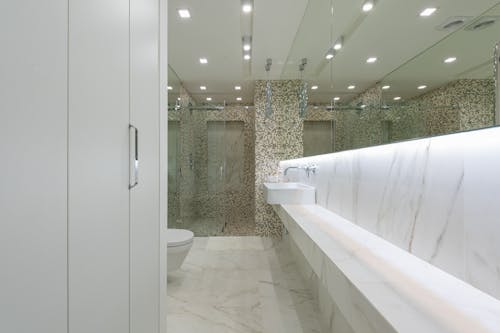
The once-trendy “open concept” has its limits—and bathrooms are definitely one of them. Freestanding tubs in bedrooms or glass walls between shower and sleep areas have fallen out of favor. Buyers often find these setups awkward or uncomfortable, prioritizing privacy over aesthetics. What was meant to feel spa-like now feels invasive.
Moisture and ventilation issues only make matters worse. Steam and humidity can damage bedroom finishes and fabrics, raising maintenance worries. Buyers today want en suite convenience, not exposure. A door—just a simple, solid door—has become stylish again.
19. Backyard Putting Greens

Golf-inspired landscaping might thrill a hobbyist, but most buyers see it as wasted space. Putting greens limit outdoor versatility, replacing garden beds or play areas with artificial surfaces. They can also signal high upkeep, especially if the turf requires regular grooming or drainage fixes. Unless your market caters to golf enthusiasts, this feature feels niche and unnecessary.
Even worse, the novelty fades quickly. Buyers picture themselves tripping over a sand trap instead of hosting a barbecue. The best backyards are adaptable, not specialized. A simple lawn or patio invites imagination—synthetic fairways do not.
20. Glass Stair Railings
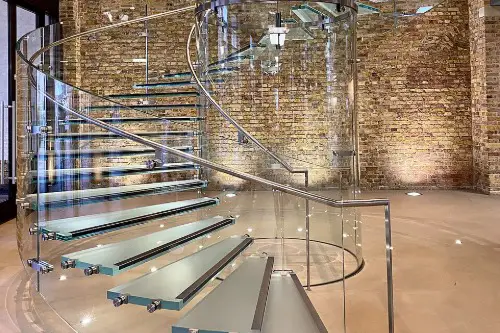
Once the epitome of modern design, glass railings have started to lose their shine. They’re prone to fingerprints, scratches, and constant cleaning, which quickly turns a sleek statement into a smudged headache. Families with kids or pets also worry about safety and durability. Instead of feeling open and airy, they can seem cold and fragile.
Buyers increasingly prefer mixed materials—like wood and metal—that offer warmth and longevity. Glass-heavy interiors can feel sterile and impractical, especially in everyday living spaces. The upkeep simply outweighs the aesthetic appeal. What once screamed “luxury” now whispers “maintenance problem.”
This post 20 Popular Home Additions That Actually Make Buyers Walk Away was first published on Greenhouse Black.
